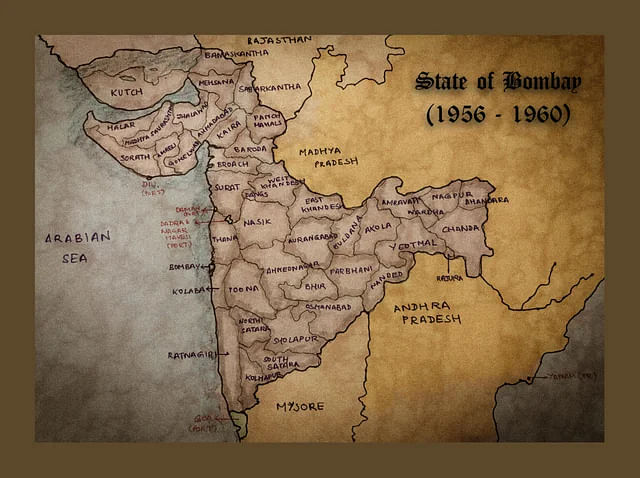Gujarat, one of India’s five “dry” states, has a strict law prohibiting the manufacture, sale, and consumption of alcohol within its borders. This article explores the origins of this ban, examining the “when” and “who” behind the policy.
The Spark: Gandhi’s Legacy and National Sorrow
The ban’s timing is crucial to understanding its sensitivity. Introduced in 1949, shortly after Mahatma Gandhi’s death, the Bombay Prohibition Act became intertwined with national mourning. Gandhi, a staunch advocate for temperance, fueled the national prohibition movement. This association with the “Father of the Nation” continues to contribute to the policy’s complexity.

From Bombay to Gujarat: A Legal Journey
Gujarat legally inherited the ban when it separated from Bombay State in 1960. While other states like Maharashtra liberalized their laws, Gujarat embraced a stricter approach. The Bombay Prohibition Act, later renamed the Gujarat Prohibition Act, became the cornerstone of the state’s alcohol ban.
Death Penalty for Hooch: A Controversial Measure
Gujarat stands out for its harsh punishment: the death penalty for makers and sellers of homemade liquor that leads to fatalities. This measure, introduced in 2009, reflects the state’s determination to combat the black market for alcohol.
Impact and Challenges: Effectiveness and Controversy
Proponents of the ban point to its positive impact on alcohol consumption and related societal ills like violence against women. However, critics argue that the ban has fueled a thriving black market for illicit liquor, often with deadly consequences. The emergence of “folders,” on-demand bootleggers, is a stark reminder of this underground industry.

The Origins of Prohibition: Prohibitions are still in question
The roots of prohibition in Gujarat trace back to the Bombay Abkari Act of 1878, which primarily focused on levying duties on intoxicants. However, recognizing the lacunae in the system, the government introduced the Bombay Prohibition Act in 1949. The Supreme Court upheld the act in 1951, broadening its scope, and Gujarat adopted this prohibition policy in 1960.
Gujarat Prohibition Act, 1949: Maharashtra got lucky
Post the reorganization of the Bombay province into Maharashtra and Gujarat in 1960, Gujarat embraced the prohibition policy with vigor. The primary motive was to curb the illicit liquor trade, a problem that plagued the region. In 2011, the act underwent a renaming, becoming the Gujarat Prohibition Act. Subsequently, in 2017, the Gujarat Prohibition (Amendment) Act was enacted, imposing severe penalties, including up to ten years in jail, for various alcohol-related offenses.
Recent Developments: Legal Challenges and a Glimmer of Change
The policy faces legal challenges as petitions questioning its constitutionality and privacy violations have reached the Gujarat High Court. Interestingly, Gujarat International Finance Tec-City (GIFT City) was granted an exception in 2023, allowing controlled liquor consumption within its boundaries. This move may signify a shift in the state’s approach to alcohol control.
In conclusion, Gujarat’s alcohol ban is a complex policy woven from Gandhi’s legacy, national mourning, and a determined fight against illicit liquor. Its effectiveness and legality continue to be debated, making it a social and legal issue with no easy answers.





































